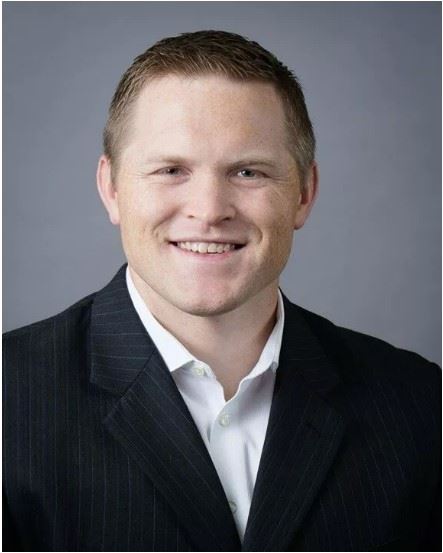Coronavirus Update - March 4th 2020
- Category: COVID-19
- Posted On:

Joshua Strommen MD
Important Highlights
- Prevention of the disease is in hand washing and keeping a safe distance (about 6 feet) from those who are potentially sick.
- The coronavirus disease has a case fatality rate between 0.05 - 4% worldwide. 96% or slightly more, of those diagnosed with the disease will survive.
- Those who die from the virus are more likely to be greater than 70 years old, smokers, and/or they have other coexisting heart or lung disease.
- The virus doesn’t seem to be impacting kids as severely as adults.
- The virus is usually spread by those with active symptoms. It takes about 4-10 days before symptoms begin; from the time the virus is acquired.
- Testing for the coronavirus disease is currently only being done at the Center for Disease Control (CDC), NOT at your local Urgent Care or Emergency Department.
What is COVID-19?
COVID-19 is the name of the illness or disease being caused by a very specific strain of coronavirus, SARS-CoV-2 (Severe Acute Respiratory Syndrome – Coronavirus 2). Coronaviruses are usually associated with the common cold, but at its most extreme presentation can manifest as a very severe illness ultimately causing pneumonia and death.
Where did the virus come from?
Coronaviruses exist in many animals and can be transmitted from animals to humans due to the viruses’ high mutation rate. It is theorized the current coronavirus originated from bats in or around Wuhan, China. The specifics on how it got from a bat to a human are being investigated.
Do I have COVID-19?
If you are sick with respiratory symptoms, you most likely do not have the coronavirus disease. People who are at high risk for coronavirus disease have been to China, Southeast Asia, or in contact with someone who has been there. Additionally, Iran and Italy have almost 3,000 cases each. There are 106 cases in the United States as of March 3, 2020, with 6 deaths.
Influenza is much more prevalent currently in the US, among all the other seasonal circulating illnesses, which can be diagnosed and treated by your local physician.
How is it spread and what are the symptoms?
Respiratory droplets from coughing, sneezing, and saliva of infected individuals that make contact with another person’s mouth, nose, or eyes can spread the virus.
Symptoms of coronavirus are:
- Cough
- Fever
- Fatigue
- Shortness of Breath
- Sore throat
- Headache
COVID-19 by the numbers
As of March 3, 2020:
92,303 cases worldwide
3,131 Deaths worldwide
To put this in perspective, there are 11 million people who live in or around Wuhan, China. There are just over 80,000 active cases in China alone. This yields a less than 1% incidence rate where the virus originated. Additionally, current fatality rates are anywhere between 1-4% if you are diagnosed with coronavirus. Furthermore, those over 60 are most at risk for severe disease and complications.
In comparison, this year in the US there have been 26 million influenza cases reported to the CDC and over 15,000 deaths.
Is there a specific treatment for COVID-19?
This virus has no known specific treatment. Treatment is only supportive. There is also no current vaccine for it.
What can I do?
Most importantly, recommendations are for thorough hand washing and routine cleanliness when around people who are sick.
If you have any of the above symptoms and have been in China, Southeast Asia, Europe, or in contact with someone recently traveling to those areas, have a low threshold for getting seen by a doctor.
Limit your exposures to those who are sick. Keep about 6 feet of distance from someone actively sick with respiratory symptoms. If you are sick, limit your exposure to others.
There is no need to wear a mask in public at this time.

Joshua Strommen is an Emergency Medicine Physician at Premier ER & Urgent Care. He graduated from the University of Texas at Houston Medical School in 2010. Subsequently, he was in the US Army for 6 years, where he had the opportunity to serve as an Attending Physician and also an Assistant Program Director for the Emergency Medicine residency program at Carl R Darnall Army Medical Center in Ft. Hood, TX.
